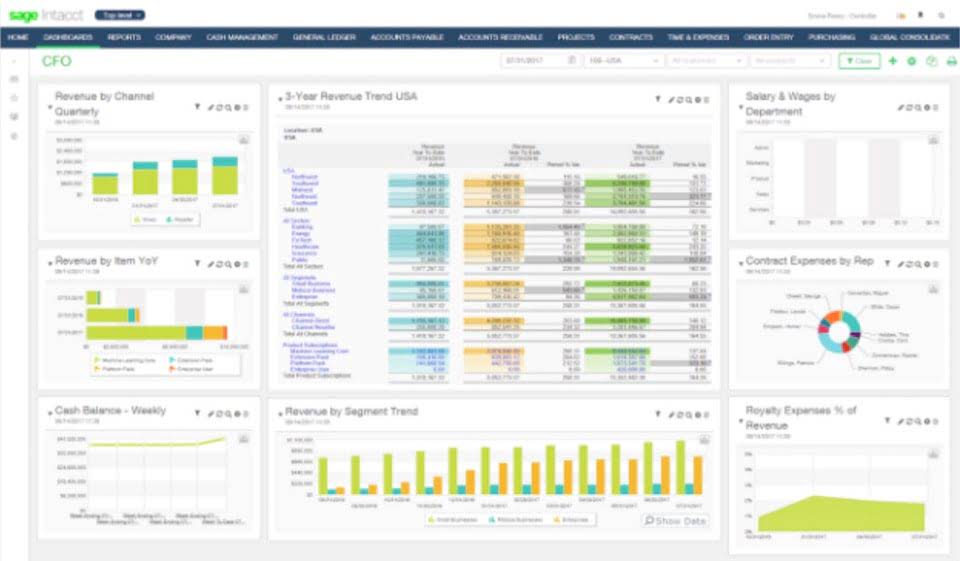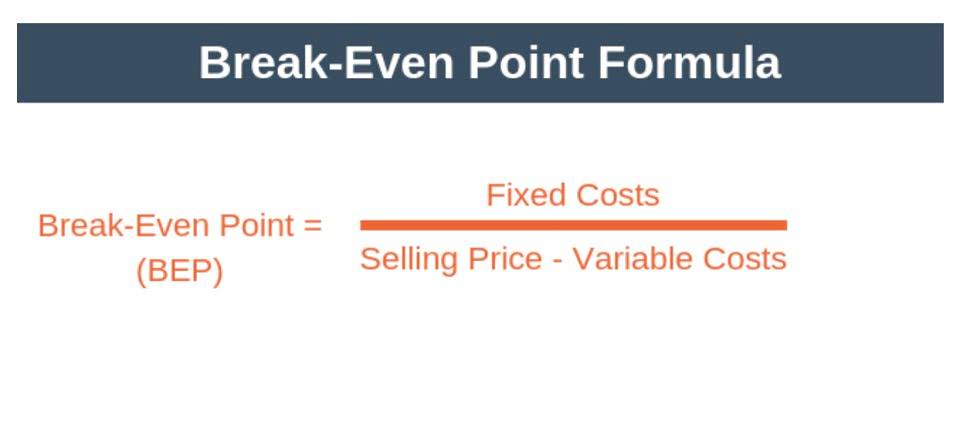
This content is provided for informational purposes only, and should not be relied upon as legal, business, investment, or tax advice. References to any securities or digital assets are for illustrative purposes only and do not constitute an investment recommendation or offer to provide investment advisory services. Companies make disbursements when they issue paychecks, pay dividends, or buy supplies, among their numerous other activities and obligations. Individuals receive disbursements in the form of paychecks, loans, and proceeds from investment funds, among other sources. Organizations record their disbursements to help monitor their financial health. The timely, accurate accounting of disbursements can help an organization head off trouble by showing whether it’s shedding cash more quickly than it’s generating revenue.
Before investing in such Third Party Funds you should consult the specific supplemental information available for each product. Please refer to Titan’s Program Brochure for important additional information. Certain Third Party Funds that are available on Titan’s platform are interval funds. Investments in interval funds are highly speculative and subject to a lack of liquidity that is generally available in other types of investments. Actual investment return and principal value is likely to fluctuate and may depreciate in value when redeemed. Liquidity and distributions are not guaranteed, and are subject to availability at the discretion of the Third Party Fund.
Related AccountingTools Course
For most entities, disbursements are made via the electronic transfer of funds from one bank account to another. Disbursements can be made from credit or debit cards, using wire transfers, via paper checks, or even paid with cold, hard cash. Let’s say a payee invoices for an entire year at $1,600, with equal payment disbursements due quarterly.

The term “drawdown” is mostly used to discuss disbursement from a large account, like a retirement fund. On May 19, the company paid another supplier – Company B – for the inventory purchased through credit earlier in the month. The total value of the credit is $15,500, but Company B offered a discount of $500 to the company since it made the payment on time.
Disbursement vs. payment
When the loan is disbursed, the cash has been debited from the lender’s account and credited to the borrower’s account. The widespread adoption of electronic transfers in lieu of a paper check has made delayed disbursements less common. Where do you draw the line between compliance work and accounting advisory? Shift from a transactional disbursement accounting business model to advisory-centered client relationships with Practice Forward and increase revenue while better serving clients. To avoid these mistakes, businesses should make sure to record all payments as they are made; enter the correct information for each payment; review all recordings before submitting them.
